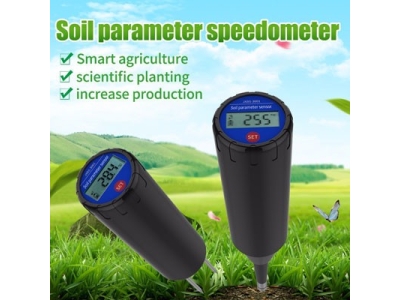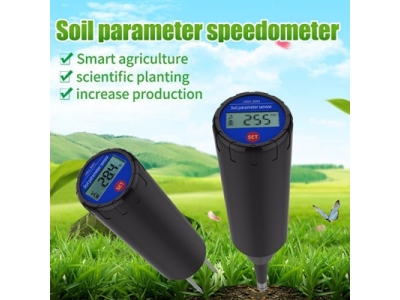
How is the soil Moisture sensor waterproof
Soil moisture sensors are devices used to measure the moisture content in soil. They are important tools in agriculture, environmental monitoring, and irrigation systems.

Soil moisture sensors are devices used to measure the moisture content in soil. They are important tools in agriculture, environmental monitoring, and irrigation systems.
Soil moisture sensors are devices used to measure the moisture content in soil. They are important tools in agriculture, environmental monitoring, and irrigation systems. One crucial feature of soil moisture sensors is their waterproofing capability. This allows them to withstand the harsh outdoor conditions and provide accurate and reliable data. In this article, we will explore how soil moisture sensors are made waterproof and the technologies used to ensure their durability.

Waterproof Design:
To make a soil moisture sensor waterproof, several design elements need to be considered.
1. Enclosure:
The first step in ensuring waterproofing is the design of an appropriate enclosure. The enclosure should be made of a material that is resistant to water and can provide a seal to protect the internal components from moisture. Common materials used for the enclosure include plastic, stainless steel, and epoxy resin.
2. Sealing:
Sealing is a critical aspect of waterproofing a soil moisture sensor. The enclosure should have proper sealing mechanisms to prevent water from entering. This can be achieved through the use of rubber gaskets, O-rings, or silicone seals. These seals are placed at the joints and openings of the enclosure to create a watertight barrier.
3. Cable Entry:
The entry point of the cable into the enclosure is another potential area for water ingress. To ensure waterproofing at this point, a cable gland or a waterproof connector is used. These components provide a tight seal around the cable, preventing water from entering the sensor through the cable entry point.
Waterproofing Technologies:
Several technologies and techniques are employed to make soil moisture sensors waterproof. Some of the common ones are discussed below:
1. Potting:
Potting is a technique where the internal electronic components of the sensor are encapsulated in a waterproof material, such as epoxy or silicone. This not only protects the components from water but also provides insulation and shock resistance. Potting also helps in maintaining the structural integrity of the sensor.
2. Nano-coating:
Nano-coating is a process where a thin layer of hydrophobic material is applied to the sensor's circuit board. This coating repels water and prevents it from coming into contact with the electronic components. Nano-coatings are usually transparent and do not interfere with the sensor's functionality.
3. Membrane Technology:
In some soil moisture sensors, a porous membrane is used to separate the soil from the sensor's internal components. This membrane allows water vapor to pass through while blocking liquid water. This technology protects the sensor from direct contact with water while allowing accurate moisture readings.
4. Corrosion-resistant Materials:
To ensure long-term durability, soil moisture sensors are often made from corrosion-resistant materials such as stainless steel or high-quality plastics. These materials are not only waterproof but also resistant to rust and degradation caused by exposure to moisture and various chemicals present in the soil.
Conclusion:
The waterproof design of soil moisture sensors is crucial for their successful operation in various environmental conditions. The use of appropriate enclosures, sealing mechanisms, and waterproofing technologies ensure the durability and reliability of these sensors. With their waterproof capabilities, soil moisture sensors can provide accurate and real-time moisture data, contributing to improved agriculture practices, effective irrigation systems, and environmental monitoring. As technology continues to advance, we can expect even more innovative waterproofing techniques to be implemented in soil moisture sensors, further enhancing their performance and functionality.